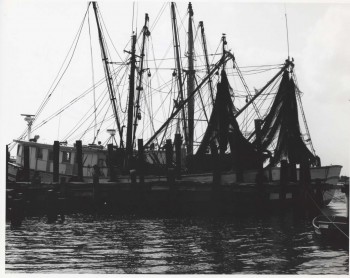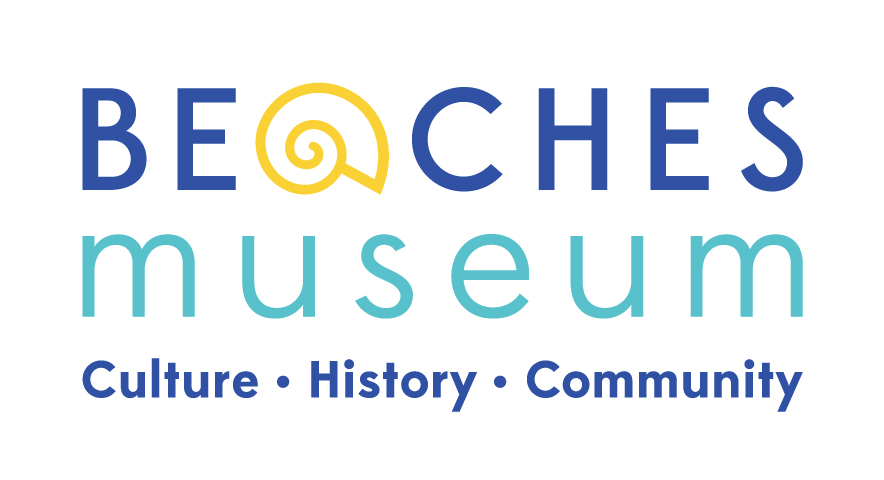Shrimping and Fishing in Mayport
Shrimping and Fishing in Mayport
This article is an excerpt from the 2016 exhibit, Mayport Village: On the River of Change.

Commercial fishing and shrimping operations have played an integral role in shaping life in Mayport Village for over one hundred and fifty years. Home to some of the oldest shad fisheries in Florida, the industry has experienced several transformations as technology and infrastructure has evolved.
In the 1850s, New England fishermen discovered the mouth of the St. Johns River was teeming with shad, mullet, alewives, and other marine species that relied on fresh water for feeding and spawning. By the 1870s, several Connecticut-based boat captains, including Captain David Kemps, Sr. relocated to the Mayport Village area to make a living. Deploying shad-nets, mullet-nets, haul-seines and gill-nets, they fished alongside expert African-American fishermen who were chiefly responsible for the fisheries’ daily operations. More than three-fourths of the catch was sold to dealers in Savannah.
By the early 1900s, mullet and shad populations dropped dramatically. Mayport captains attributed this to the unrestricted use of gill-nets and the increasing presence of steamboats in the river.
New opportunities arose in shrimping, however, by the 1920s. The advent of motorized fishing vessels made offshore shrimping a feasible and lucrative venture. The arrival of experienced Portuguese fishing families, the Rowlands and the Perrys, that same decade breathed life into a nascent industry.
By the 1950s, shrimp docks dominated the horizon of Mayport. Local men like Johnny Vona, Booty Singleton, Mathias “Matt ” Roland, Mr. Parnell, Manuel Jesus, Jesse Perry, and A.J. Ruffin were the backbone of the industry. Two decades later, more than 150 shrimping vessels were unloading their catch at Mayport Village docks. Nearly everyone in the village had a shrimper in their family. A popular local pastime was to greet the boats as they entered the village to see the day’s catch.
The late 1990s and early 2000s, however were unkind to the once-bustling shrimping fleet. Local shrimpers credit rising gas-prices and foreign imports of Ecuadorian and Asian shrimp for the industry’s decline. Today, Safe Harbor Seafood is the last remaining dock open for commercial offload.



